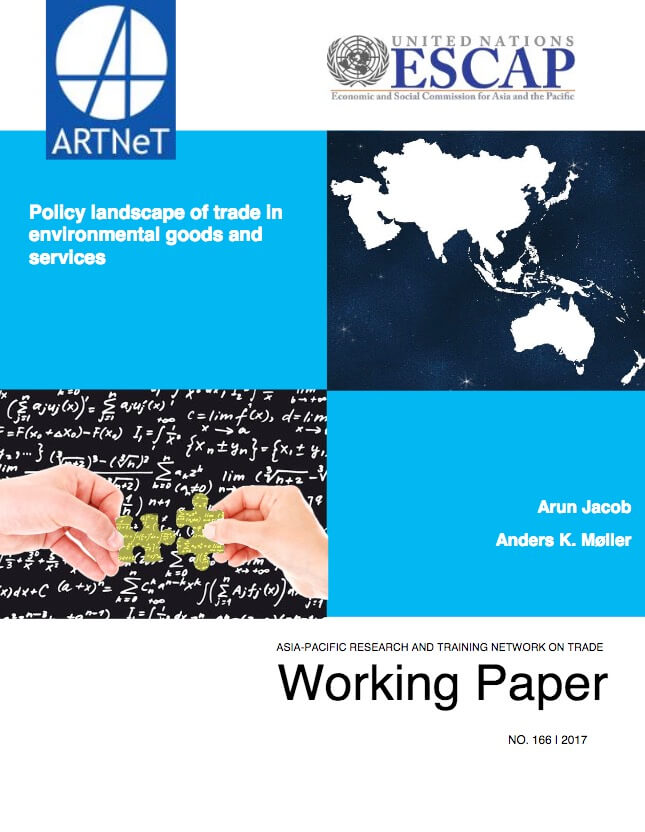Policy landscape of trade in environmental goods and services

This paper analyses the trends in trade flows and trade policies in environmental goods (EGs) and related serv ices, with a focus on the Asia - Pacific Economies. The paper finds that the region is a dominant player in both exports and imports of EGs in the world, contributing to 42% and 44%, respectively. Renewable energy related goods dominate both the export and import basket of EGs in the region. T he paper warns that even though specific environmental goods in general face very low tariffs, many other goods that are however required for environmental projects still face high tariffs, especially in least developed countries. Hence, the paper calls for a ‘ holistic approach’ for tariff liberalization. The paper highlights the role of services in environmental sectors. The paper estimates an augmented gravity model of trade flows tha t integrates non - tariff measure s (NTMs) and services trade restrictions. The estimations find that while tariffs have had an insignificant impact on environmental goods trade, NTMs have a strong negative impact. The impact of NTMs is more strongly felt by exports from low income countries when compared with middle income and high - income ones . The services trade restrictions also have a significant negative impact on the EG trade. The results point to the need for integrating NTMs an d service sector policies within the framework of environmental goods negotiations to expedite the process of liberalizing global trade in EG.
